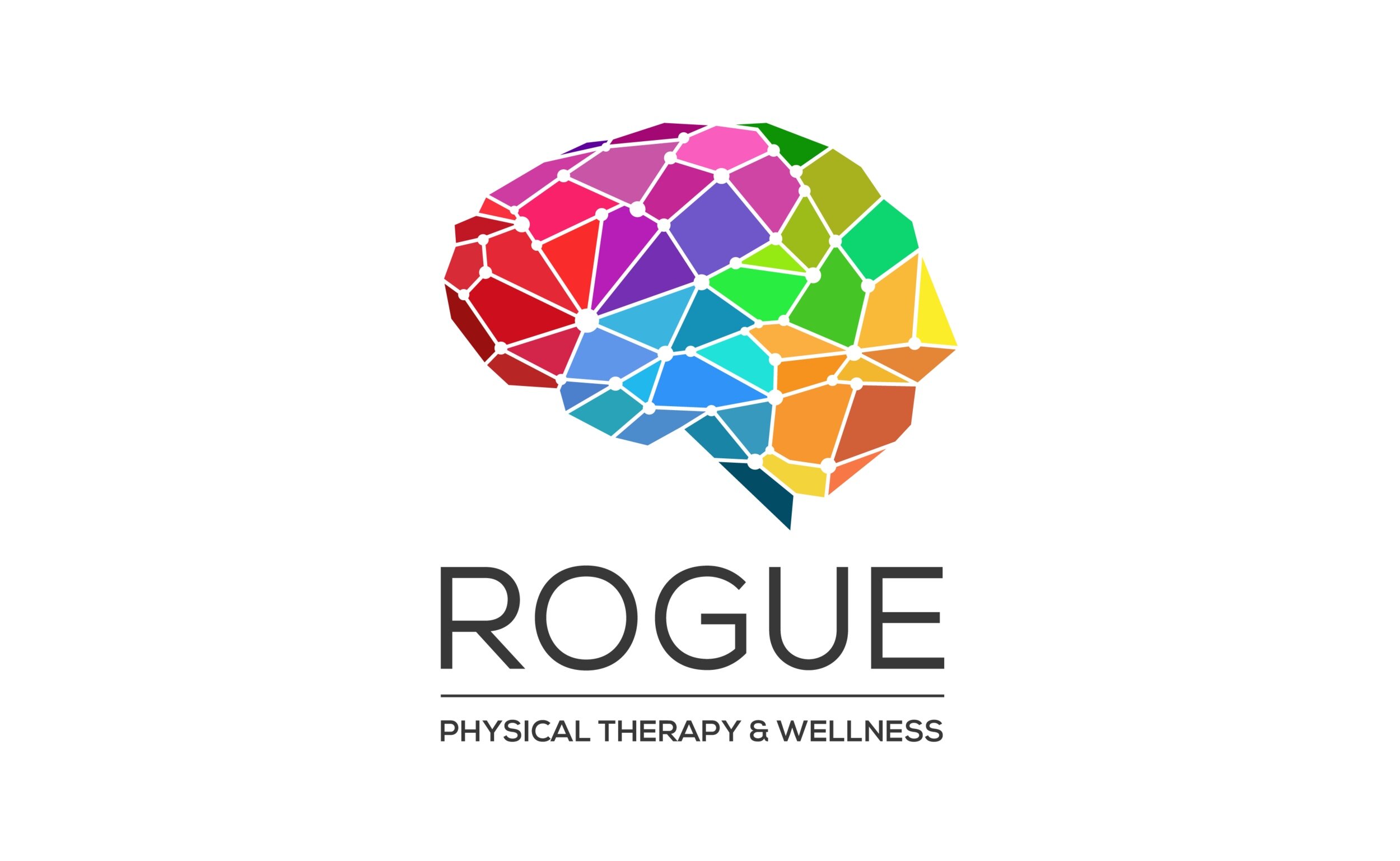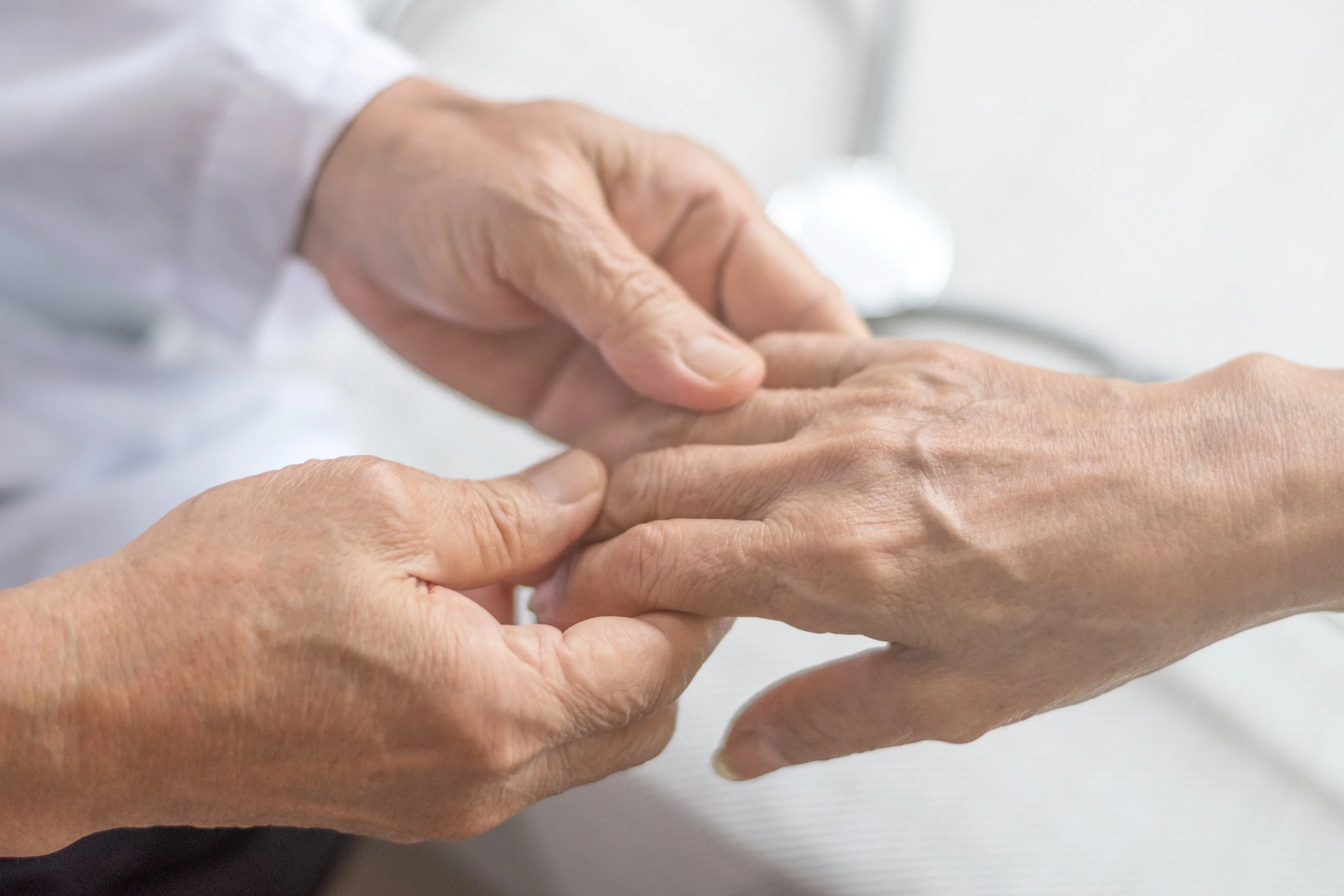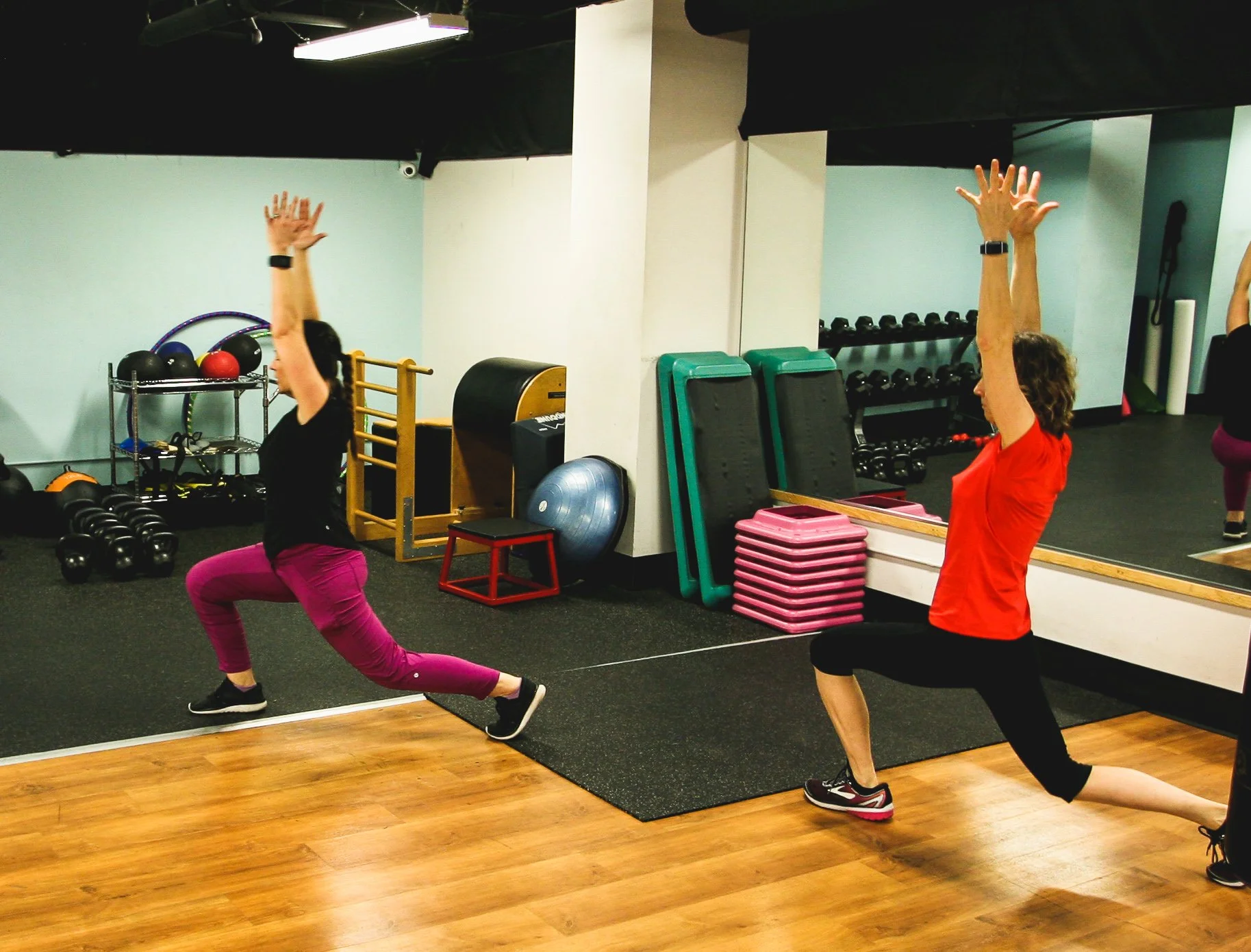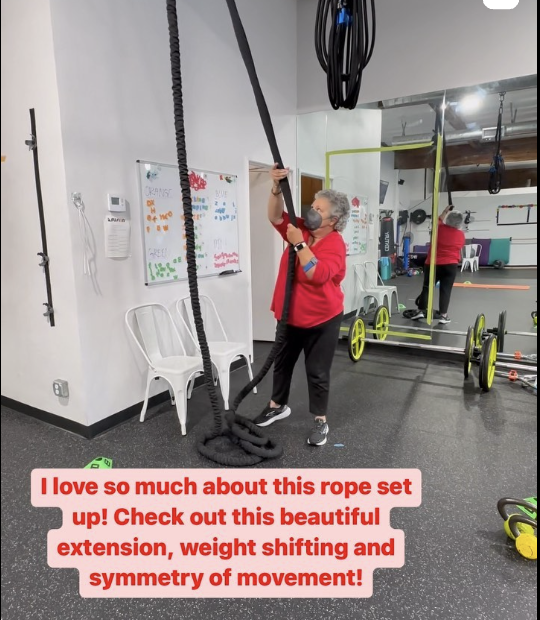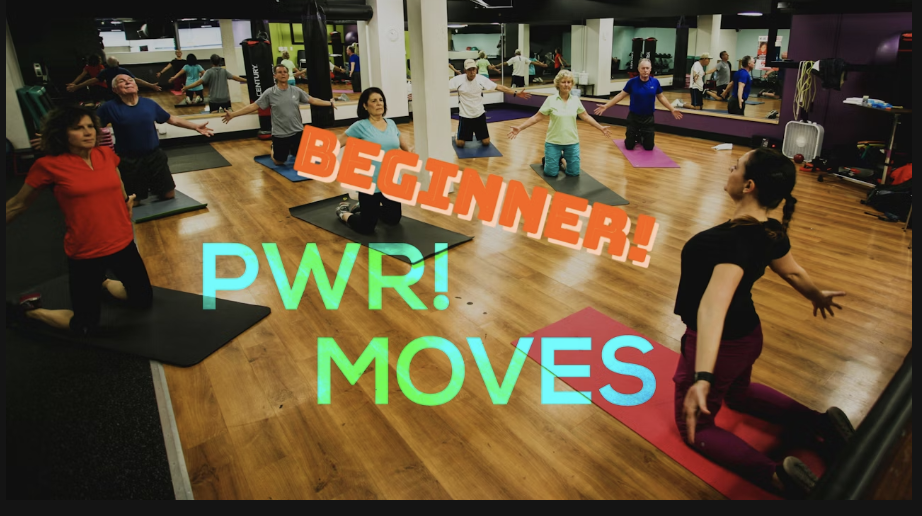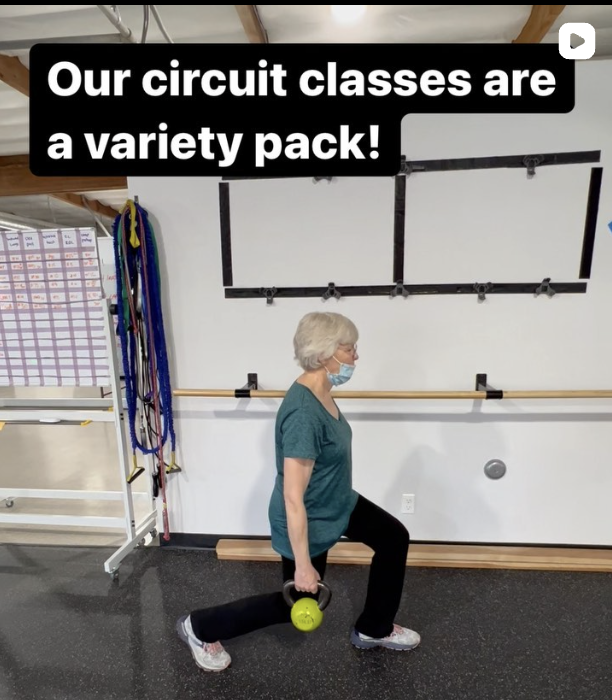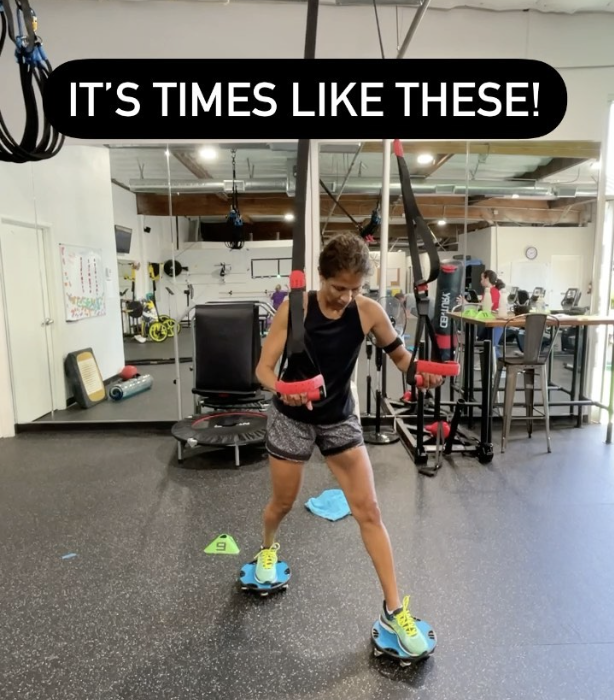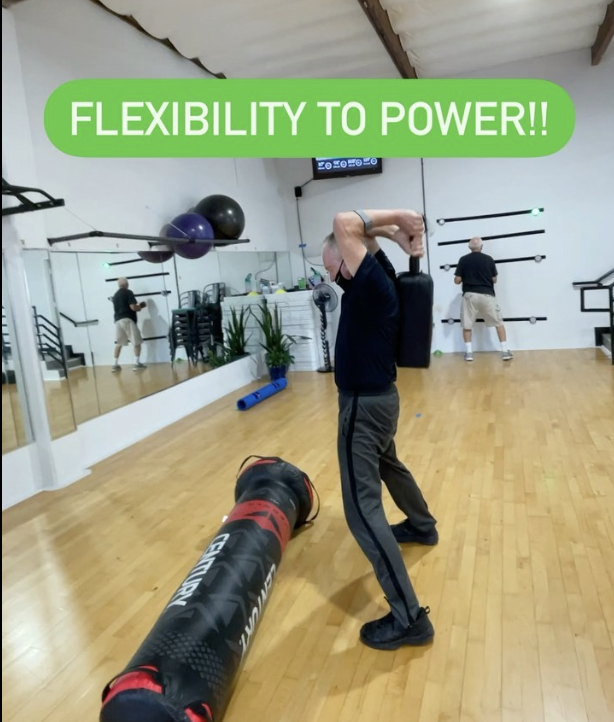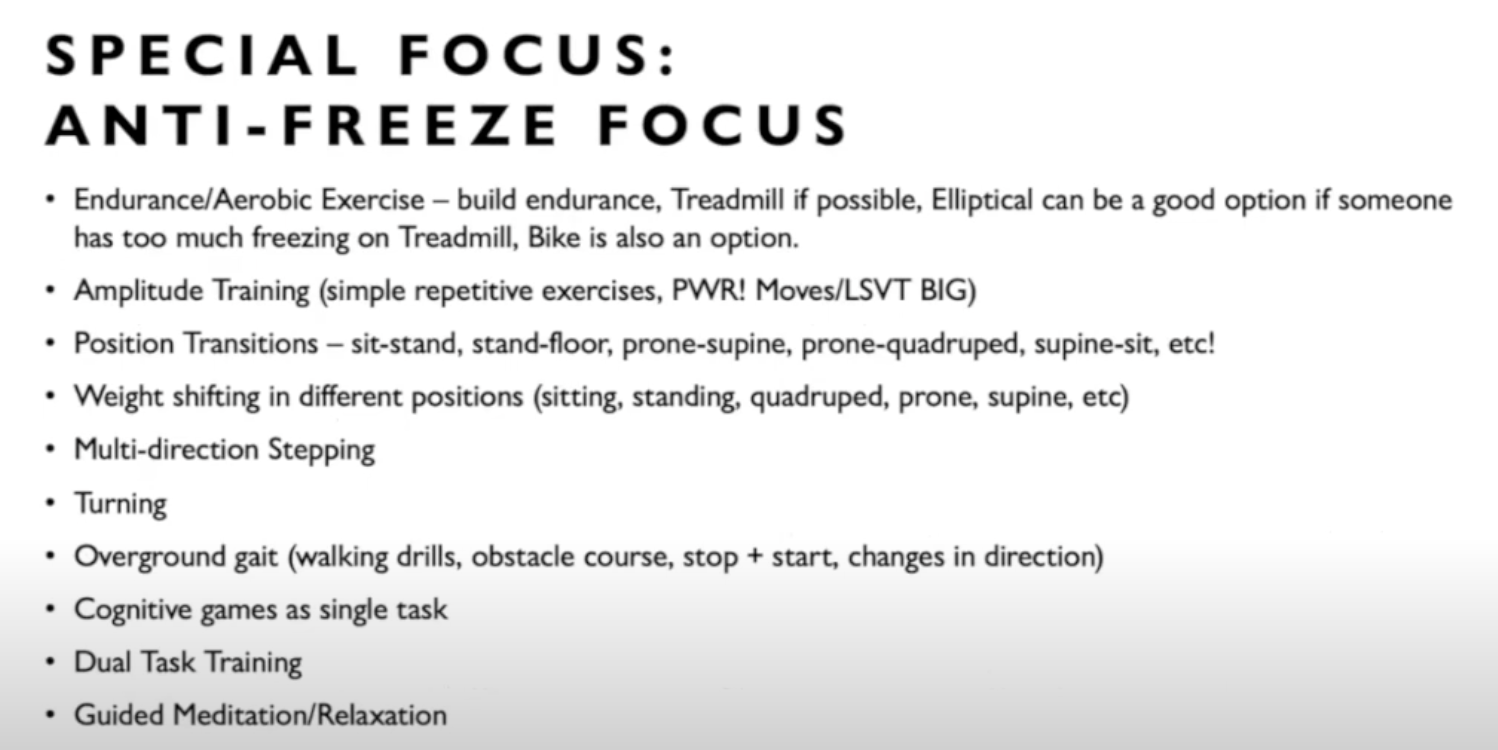Skill-Based Exercise for Parkinson’s: Unlock Your Potential for Movement Mastery
Living with Parkinson’s isn’t just about the tremors or stiffness—it’s the way the disease slowly chips away at how you move through everyday life. Medications can help with the symptoms, but they’re not always enough to keep you moving well or living independently.
As time goes on, things like walking, turning around, or even just getting out of a chair can start to feel slower, more awkward, or just harder. That loss of ease and coordination can knock your confidence—and raise the risk of falls.
What’s tough is that many people wait too long to start working on movement. They only turn to exercise or therapy when things have already gotten worse. But by then, the body’s already caught in a cycle: less movement leads to more weakness, which makes moving even harder. And that spiral can be frustrating, isolating, and hard to climb out of.
The Decline of Movement in Parkinson’s
One of the hardest parts of living with Parkinson’s is the slow loss of natural movement. Things most of us once did without thinking - walking, turning, standing up, reaching, can start to feel stiff, slow, or awkward. That decline usually doesn’t come from just one symptom, but a mix: muscle tightness, changes in posture, reduced coordination, and slowness in movement (bradykinesia) all play a role.
Even with medication, many people still struggle with how they move day to day. And often, they don’t start a regular exercise routine until things have already gotten worse. By that point, it’s harder to make progress—and easier to fall into a frustrating loop: the less you move, the weaker and less stable you feel, which makes you move even less. That kind of cycle can increase the risk of falling and knock down confidence even more.
But this isn’t just about muscles and movement. When your body doesn’t move the way it used to, it affects how you feel, how independent you are, and how much freedom you have in your daily life. The real goal isn’t just to get people moving more—it’s to help them move better, with more control, more confidence, and less fear.
When Movement Starts to Feel Different
You don’t always notice it right away. Maybe movements just feel a bit slower, or you find yourself taking more time to stand up or turn around. Other times, it comes on more quickly. Either way, changes in movement are something many people with Parkinson’s face.
Common symptoms include:
“I feel like everything I do takes more effort.” That’s bradykinesia—slow, effortful movement.
“My steps are getting smaller.” That’s hypokinesia.
“My body feels tight or stiff most of the time.” That’s rigidity.
“I keep leaning forward without realizing it.” Postural changes.
“My arms and legs aren’t working together like they used to.” Coordination issues.
“Getting out of bed is suddenly a project.” That’s a loss of functional mobility.
“Sometimes my feet just won’t move.” That’s called freezing.
“I’ve had a few close calls with falling.” That’s the danger of all of the above combined.
These symptoms don’t just make exercise harder. They affect real life—getting dressed, cooking, walking the dog. And if they’re ignored or brushed off for too long, they can lead to falls, more help being needed, and a big hit to confidence.
But the sooner we catch these changes and start working on them, the more we can do to stay steady, strong, and independent.
Reclaiming Control: Simple, Intentional Moves That Make a Big Impact
You don’t need a gym, fancy equipment, or some perfect routine. What really matters is just moving—and doing it on purpose. A little bit every day makes a difference, especially when you’re dealing with Parkinson’s.
Here are a few things that can help:
Move Bigger
Parkinson’s can make your movements smaller without you even noticing. So when you walk or reach, try to go bigger than feels natural. Take wider steps, swing your arms, and stretch tall. It might feel silly, but it helps.
Change Positions
Don’t spend all day in one position. Mix it up—sit, stand, lie down, reach overhead, twist. Different movements wake up different parts of your body.
Practice Everyday Stuff
Getting out of a chair. Turning around. Getting off the floor. These are things you use every day, and they’re worth practicing. They get easier the more you do them.
Use Visual Reminders
Tape on the floor, a spot to step toward—simple things like that can help your body move more clearly and your brain stay focused.
Stretch While You Move
Instead of holding a stretch, move through it slowly. Arm circles, trunk twists, reaching side to side—nothing fancy, just gentle movement to stay loose.
Challenge Your Balance (Just a Bit)
Try shifting your weight, standing on one foot with support nearby, or stepping over something small. Keep it safe, but don’t be afraid to try.
Stick With It
It doesn’t have to be perfect. Most of this is about showing up every day. Five minutes matters. Ten is great. A little, repeated often, adds up.
That’s really it. Don’t overthink it. Just start moving—however you can—and keep showing up for yourself. That’s where the change happens.
I. Targeting Parkinson’s Symptoms with Skill-Based Movement
This isn’t just about “working out.” Skill-based movement is about practicing the stuff that actually gets harder with Parkinson’s — things like getting up, turning around, or just walking steadily.
Here’s what that looks like in real life:
If your movements feel slow, you work on moving faster and with more intention.
If you feel stiff, stretching and posture work can help your body loosen up.
If your steps are small or hesitant, practicing bigger, more confident movements can retrain your system.
If your balance is shaky, you focus on building strength and stability.
It’s all about getting better at the basic things you do every day. When those start to feel easier, everything else does too.
II. Building a Strong Foundation for Parkinson’s Exercise
Before jumping into any kind of exercise routine for Parkinson’s, it helps to start simple. Just get familiar with how your body feels in different positions - sitting, standing, lying on your back or stomach, even kneeling. You’re not trying to “work out” right away. It’s more about getting comfortable moving again.
That kind of groundwork matters. Once you’ve spent time in those positions, you can start focusing on things like balance, posture, turning your torso, or stepping with more control. Parkinson’s tends to mess with those, so it makes sense to practice them early on.
It also helps to work on switching between positions, like going from the floor to standing, because that’s real life, right? You want to feel steady and sure during everyday stuff.
And then, once that feels good, you can start building in strength work, balance drills, and stretching. Bit by bit, it adds up to better movement and more independence.
III. Circuit Training for Real-Life Movement
This circuit class is all about keeping things active, focused, and real. You’ve got people moving through different stations - pulling ropes, carrying weights, stepping with purpose. It’s not random. Each movement is there for a reason, helping with balance, coordination, and the kind of control that Parkinson’s tends to chip away at.
Big steps, strong posture, turning, reacting - it all gets worked on here. The setup changes often, and the mix of equipment keeps everyone engaged. It challenges the body and the brain, and it’s easy to adjust depending on what someone needs that day.
What’s great is that these exercises translate to daily life. The goal isn’t just to move better in class - it’s to walk more confidently, stay steady on your feet, and feel more capable doing everyday stuff.
IV. Why PWR! Moves Works
If you’re looking for an exercise program that’s built specifically for Parkinson’s, and actually makes a difference in day-to-day movement, PWR! Moves is worth checking out.
It’s not just a workout. It’s a skill-based approach that focuses on four key areas that tend to get tougher with Parkinson’s:
Posture — staying upright and stable
Weight shifting — needed for balance and walking
Trunk rotation — helps with turning, reaching, and staying loose
Stepping — practicing big, intentional steps in all directions
What really makes PWR! Moves different is how it teaches you to move bigger, not just faster. A lot of people try to speed up and end up with small, choppy movements. But when you focus on making movements bigger first, speed and control tend to follow. That’s something research backs up, and you can feel the difference once you start practicing it.
Empowering Movement at Rogue: Strength, Community, and Confidence
At Rogue Physical Therapy and Wellness, it’s not just about exercise - it’s about showing up, moving with purpose, and being part of a community that lifts each other up.
In the photo, you’ll see a group we call The Legends of Rogue - folks who bring real grit and heart to every session. They’re working through a mat routine focused on core strength and balance. It’s not flashy, but it’s powerful stuff. These moves help with posture, stability, and the kind of control that keeps people steady on their feet, especially important for older adults or anyone managing Parkinson’s.
A. Circuit Class
Here, one of our members is deep in a lunge, kettlebells in hand - a great example of strength, balance, and focus in action. Circuit Class is all about real-life movement: stepping, reaching, lifting, stabilizing. The vibe is supportive but energetic, and everyone’s encouraged to work at their own pace. It’s not about doing it perfectly, it’s about showing up, putting in the work, and leaving a little stronger each time.
B. Training for Real-Life Mobility: Walking, Turning, and Reacting with Purpose
We use the treadmill in a bunch of ways, not just walking straight. People practice stepping in different directions, forward, sideways, and even backward. High knees help with rhythm and get the legs working harder. These drills aren’t just about the body. They also help keep the brain sharp. The idea is to build trust in your movement, so walking through a busy area or turning quickly doesn’t feel risky or stressful.
C. Building Grit Through Balance and Groundwork
One of our members is working through a tough balance setup here. They’re using resistance bands, some light weights, and standing on moving platforms. It’s not easy. The body has to stay steady while everything else shifts under your feet. Drills like this help you react faster and stay on your feet when things get unpredictable, like stepping on uneven ground or catching yourself from a stumble. They’re using bands, hand weights, and standing on moving platforms. It forces the body to stay steady while everything underneath shifts. Stuff like this helps build the kind of control you need if you trip, slip, or have to react fast. It’s not easy, but it pays off in real life.
D. Strength Circuit Milestones and Motivation
This picture highlights the enthusiasm and connection people feel with the circuit strength class. A participant is shown lifting a weighted sandbag, reinforcing her comment about the class being uniquely impactful and enjoyable. Her confident posture and the supportive environment suggest a strong community culture where fitness is personalized, progress is celebrated, and strength is built both physically and socially.
E. Enhancing Movement Through Flexibility and Mobility
This shot shows one of our members deep in a stretch, moving with control and focus. He’s not rushing. He’s working on flexibility and mobility, which are just as important as strength. By mixing stretching with strength work, he’s helping his posture, protecting his joints, and lowering the chance of injury. You can see the effort in how he moves. The mirrored wall shows his form, but it also shows how much thought and care he’s putting into every rep.
F. Empowering Movement Through Fall Prevention Training
We practice real movements, like getting up from the floor, stepping over things, or reacting when something shifts under your feet. Sometimes we use resistance bands or balance pads, other times it’s just bodyweight. The idea is to move through situations that could happen in daily life.
It’s not about doing it perfectly. It’s about getting more comfortable with movement, so if something unexpected happens, like a slip or a quick turn, your body knows what to do. Over time, that kind of practice builds both physical control and confidence. We work on practical stuff, like getting down to the floor and back up, walking on uneven surfaces, and reacting when something throws you off.
People use resistance bands, step onto moving platforms, and even catch light objects while shifting their weight. The goal isn’t perfection. It’s about training the body to respond quickly and stay upright when life gets unpredictable.
We also practice being in different positions - lying down, kneeling, reaching from low spots - so people get used to moving with confidence no matter where they are.
G. Restoring Fluid Movement with Anti-Freeze Training
Freezing can be one of the toughest things people with Parkinson’s deal with, when the body just won’t move, even when the mind is trying to. This part of the program is built to help with that.
We start with cardio - walking on a treadmill, cycling, or using the elliptical. It gets the heart rate up and helps train the body to keep moving without stopping. Then we layer in big, repeated movements. Things like PWR! Moves or LSVT BIG. These help remind the body how to move with more size and flow, which can help reduce freezing.
It’s not just physical. There’s also a brain piece to it. We practice things like shifting weight, stepping in different directions, changing positions, and doing two things at once, like moving and solving a simple task. There’s even time for guided breathing or calming exercises to help with focus and body awareness.
All of it works together to make things feel smoother, more controlled, and more natural, even when things get unpredictable.
Skill Integration Through a Dynamic Weekly Class Structure
At Rogue Physical Therapy and Wellness, we offer both in-person and online classes designed specifically to support people living with Parkinson’s. Whether you prefer to join us in our studio in Orange County, California, or train from the comfort of your home, our programs are built to deliver skill-based, functional movement that improves mobility, strength, and confidence.
Both formats follow the same core philosophy: combine movement science, neuroplasticity, and real-life function to build the skills necessary for everyday independence. Each class blends strength, balance, endurance, and cognitive engagement - whether you're boxing, walking, or doing functional strength drills.
The Rogue in Motion Online Class Schedule is designed to support total wellness with a well-balanced, skill-focused approach. Each day brings a mix of classes - like cardio, HIIT, boxing, and PWR! Moves - led by a rotating lineup of instructors to keep things fresh and engaging. The weekly lineup combines heart-pumping aerobic workouts with exercises that improve coordination, balance, and agility, giving participants the kind of strength and function they can use in everyday life.
Wellness isn’t just about working out. That’s why we’ve built in things like speech and cooking classes - to help with the stuff that comes up in everyday life and keep your brain just as active as your body. We also hold Monthly Membership Meetings where people can catch up, share wins, and figure out what they want to focus on next. It’s a schedule that looks at the whole picture, not just how you move, but how you live and feel, too.
At Rogue Physical Therapy and Wellness, we build these core skills into every class, whether it’s boxing, high-intensity interval training (HIIT), or functional strength workouts. We modify exercises to suit all levels and include real-life movements, such as picking up weighted bags (simulating grocery loads), rolling over in bed, or stepping over obstacles.
Whether you're joining us in person or online, you're not just going through the motions; you’re working toward goals that matter. And you’re not doing it alone. Our physical therapists are with you every step of the way, offering guidance, support, and a good dose of encouragement.
Final Thoughts: Train with Purpose, Live with Confidence
Skill-based exercise isn’t just another workout. It’s about feeling more like you again - more confident, more capable, more in control. It’s not just about moving; it’s about moving better.
Whether you’ve just been diagnosed or you’ve been living with Parkinson’s for years, the truth is, it’s never too early or too late to start. When you mix cardio with exercises that actually challenge your brain and body in the right way, real change happens. You move with more ease, more power, and it shows.
This isn’t about perfection. It’s about progress. You're not just working out, you’re building skills that help you live better every day. Let’s take it one skill at a time and see what’s possible.
If you’re in Orange County, California, join our in-person Parkinson’s classes at Rogue Physical Therapy and Wellness. Our expert team helps you build strength, endurance, and confidence in a supportive environment.
But if there aren’t any gyms or therapy centers near you, don’t worry - you can still access our Parkinson’s-specific online workouts to stay active and engaged.
Our Rogue in Motion online program provides specialized speech therapy designed to help you speak with clarity and intent.
And on top of Speech classes, we also have Boxing, PWR! Moves, Cardio, High-Intensity Interval Training (HIIT), and Strength classes that you can choose from.
With our online membership, you can join from home and enjoy:
An extensive library of over 3,000 Parkinson’s-specific exercise videos that you can follow anytime, anywhere
Live Zoom classes, five days a week, where you can work out in real time and connect with other Rogue in Motion members
Q&A sessions with a Parkinson’s-specialized physical therapist for advice on exercise plans, diet, and more!
Check out our expert-led virtual classes here and start taking control of your movement and speech from the comfort of your home.
